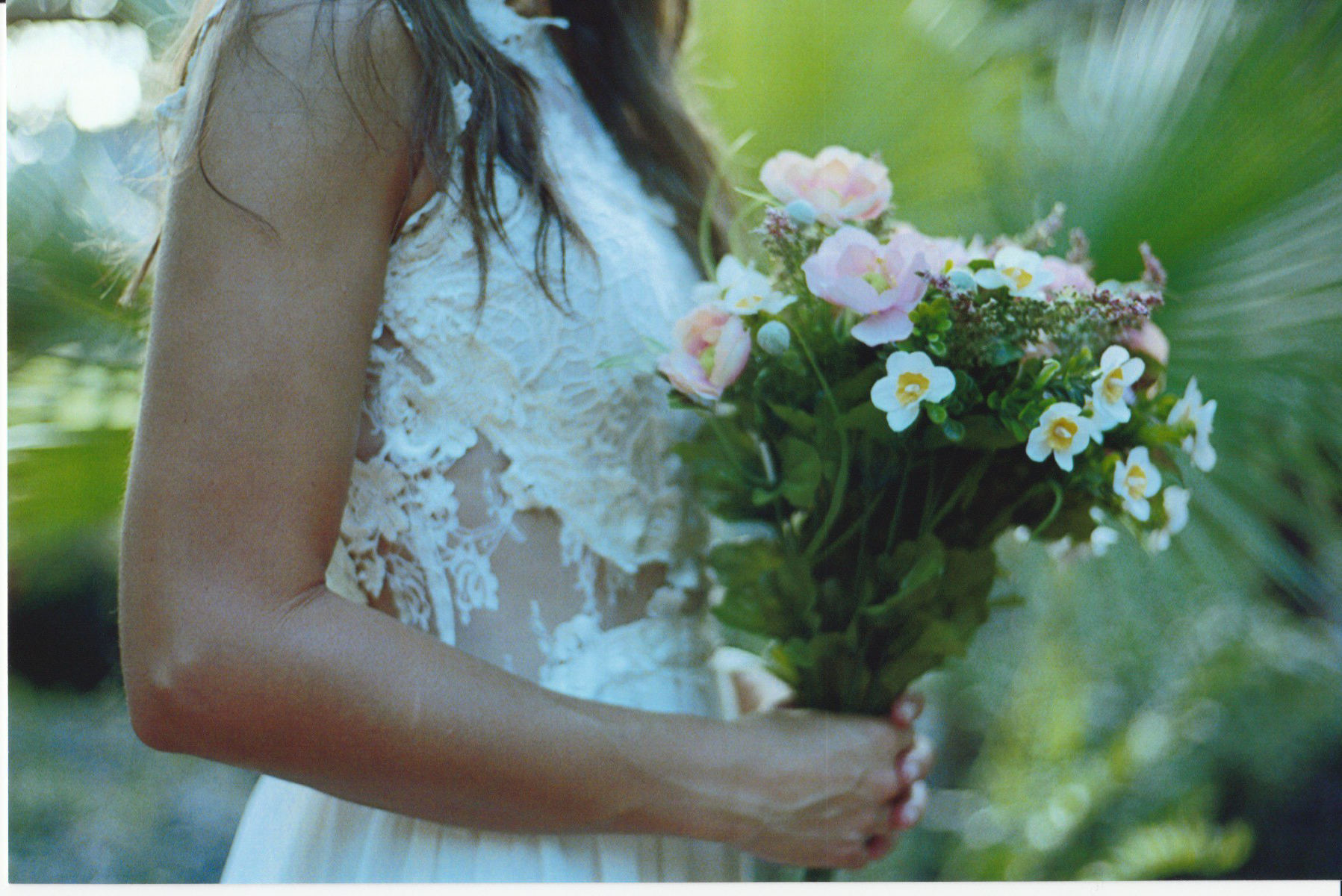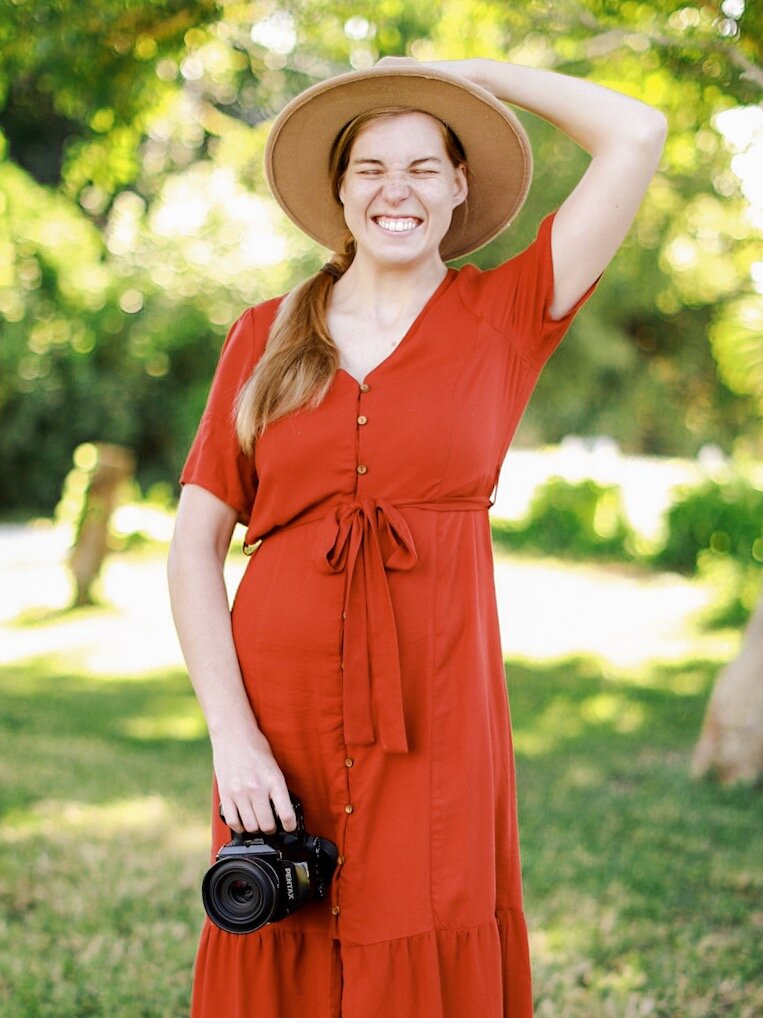Adventures In Film: Chapter 4 | Summer Romance On Film
/Canon Rebel G | Portra 400 | Walgreens Photo Lab
For the past few months, I've been delving into the art of film photography in an attempt to be well read on the two forms of photography. I'd like to eventually offer hybrid film and digital services (yay!). Here are the Intro, Chapter 1, Chapter 2, and Chapter 3 of my film adventures, as well as the original digital gallery of this session! Lately, I've been bringing my film camera along on photoshoots so I can practice. It is SO. MUCH. FUN. There's something really satisfying about hearing the shutter click and the film slide to the next frame. And then there's the waiting....oh, how I love it. I think a new romance is starting....between film and I. Don't worry, digital. I'm not letting you go anytime soon. <3
So, here's the rundown on the technical side of things. I was shooting on a Canon EOS Rebel G that has seen better days. It is currently retired due to a few technical malfunctions as well as a broken door clasp on the back. The focus isn't too stable as well. I had to tote this thing around for a few weeks duck taped together and when that started to give way, Hubbleberry gave me a huge vise clasp of some sort to help it stay together even better. It was funny shooting with extra hardware on it. LOL. I shot using my trusty fantastic plastic 50mm 1.8 lens, on (wait for it!!) PORTRA 400. That's what I am most excited about. If you're not familiar with film dynamics, Kodak's Portra 400 is self titled the World's Finest Grain Film and designed for use with high end/fine art photography. *Cue "Fancy" by Iggy Azalea*
I also had some issues with exposure. Aside from intentionally experimenting with normal and overexposures, the light meter in the viewfinder disappeared in between the -1 stop exposure and +1 stop exposure. This was ok if I was metering to overexpose, but when I wanted to be normally exposed, I'd have to look at the little screen at the top of the camera to set it, then look through the viewfinder to take my shot. This didn't work in my favor because when I held the camera to look at the screen on top of it, it reads a different light source than when I held it up to my face to take the shot. I'd have to hold it like I was taking the shot, and then twist my head all weird to see the little screen at the top of my camera. Whew, was it exhausting! In the end, I wasn't even sure what exposure I shot at half the time since it was so quick to change and jump around. It's a very fun camera to work with but exhausting to maintain as to avoid light leaks. I'm glad it is retired and I can move on to another body!
Lastly, I had this roll developed at Walgreens to test the quality of film in a less than professional development setting. In one of my recent posts, I noted that the images looked like they weren't printed organically, which I'm not surprised by. But for the adventurous purpose of this series, I decided to go with the Portra 400 + Walgreens/Drugstore Processing combination. In a few of the pictures below, there are some blown out whites, which I sincerely believe wouldn't have looked that way had they been processed professionally. But nonetheless, I believe the film shone through it's circumstances of a mechanically malfunctioning camera and less than suitable processing. I'm proud to say that most of the frames look okay! Not grand, but not horrible. Again, It is my first roll of film on a manual 35mm camera, so I still have a very long way to go. And to stay true to the film, this first batch of images is unedited or post-processed. I scanned them in as is so you can get an idea of the camera/film/lab combo.
These images were shot between +1 stop and +1 1/3 stops, at about 6:30/7:00 in the afternoon.
framed10
framed8
framed6
framed5
framed4
framed9
Ok, next is an example of images shot at appropriate exposure. As I mentioned above, the meter jumped around due to malfunctions, so I thought it fair to share these as they were processed and then show some edits I did to help improve them. Before is first/on the left, after is second/on the right.
Scan 8
framed1
Thank you for tuning in!

























